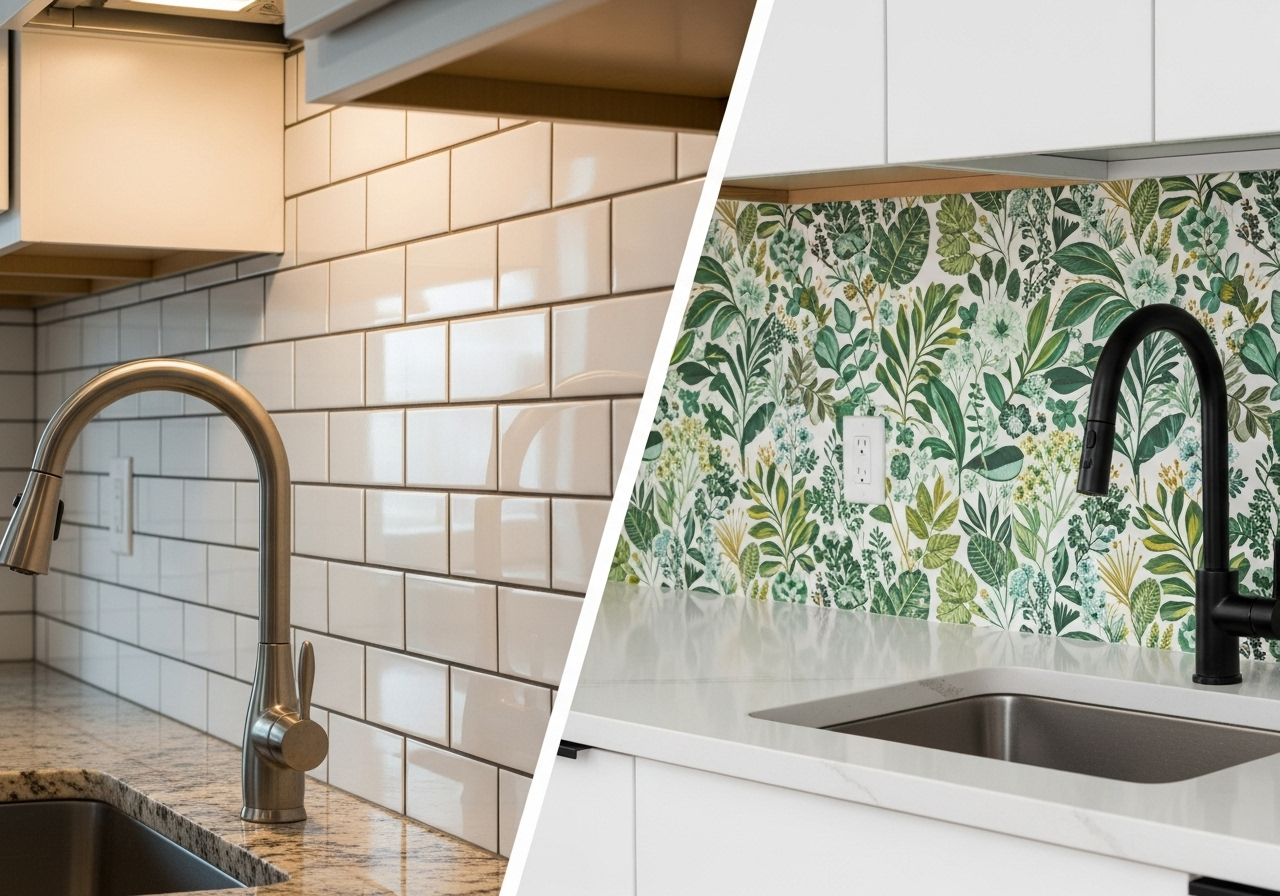Business cards are not just a piece of paper that gives out your contact details, it’s about making a lasting impression on potential leads. Every design element affects represents your brand — the font choice, color, card shape, and the finish — and they can all influence people’s perception.
This is why good design matters. Want to know what your business card design says about you? Discover the psychology of business cards in this UPrinting guide.
1. Font Choice
Fonts help express your brand’s voice and set the tone of your business card. They can make you come across as professional, creative, or approachable. But with so many options out there, how do you know which one is for you? Start by asking yourself: What mood do I want to convey? How much do I want to connect with the person holding the card?
To give you an idea of what impression fonts give, check out the examples below:
- Serif fonts (e.g. Times New Roman) – Feels formal, professional, and traditional, and conveys reliability.
- Sans-serif fonts (e.g. Arial) – Clean, neutral, and easy to read, suitable for modern brands.
- Script (e.g. Lobster) – Stylish, elegant, and creative, but can be hard to read if overused.
💡 Design Tip: Pick one or two fonts tops to maintain clarity and cohesion, and ensure they are readable. You may also try our business card font size tool to serve as your guide.
2. White Space/Negative Space
When it comes to white space, less is more. White space, or negative space, allows for breathing room and prevents your design from looking cluttered. It gives your reader visual cues and helps the brain process information faster. A well-spaced card looks organized, professional, and premium. It also helps you to highlight specific elements, such as your name or logo, and which ones to keep in the background.
💡 Design Tip: Just because you have space doesn’t mean you should fill up every inch of your business card. Avoid overcrowding your cards to keep them from looking cluttered. Make use of margins and spacing to create a clean layout.
3. Colors
Nothing makes a design pop the way colors do. They can influence various emotions and perceptions and give people an idea of what your brand’s vibe is. Not sure which colors to choose? Here are some examples of colors and their meanings:
- Red – Power, urgency, passion, energy, excitement (sales, marketing, food brands)
- Blue – Trust, stability, calm, professionalism (finance, tech, healthcare, law firms)
- Green – Growth, wellness, nature (eco-conscious brands, health coaches, anyone who wants to give off peaceful vibes)
- Black and White – Simplicity and luxury, professionalism, classic, timeless (creatives, high-end services)
💡 Design Tip: Use colors from your logo or choose ones that complement it and your brand personality. Add contrast to make sure that texts stand out against the background and remain readable.
4. Shapes
Should you go for a standard or custom-shaped business card? While most people go for square and rectangle cards, exploring unique shapes can make your card capture more attention.
Business card shapes you can try:
- Standard rectangle – Familiar, professional, easy to keep
- Rounded corners – Modern, friendly, approachable
- Square – Distinctive, contemporary, bold, trendy
- Die-cut – Creative, unique, tailored to your brand’s identity
💡 Design Tip: Unique shapes are great for setting your brand apart, but make sure it’s practical to carry around and can fit into people’s wallets. You can also get creative with die-cut business cards and have them double as bookmarks.
5. Material and Finish
The texture and weight of your cardstock can influence how people perceive how much premium you put on quality. There are a variety of cardstocks that come in different weights and textures for you to explore, as well as finishes if you’re looking to upgrade your business card’s look.
Examples:
Material
- Standard cardstock (14 pt.) – Practical and professional, suitable for everyday use
- Thick cardstock (16-18 pt.) – Premium, reliable, implies credibility because it communicates that you invest in your image, shows confidence and attention to detail
- Ultra-thick cardstock (32 pt.) – Bold, sophisticated, and luxurious, ideal for high-end branding
Finish
- Matte – Smooth, non-reflective, premium, clean, modern
- Glossy – Shiny, vibrant, energetic, makes colors pop
- Textured stock – Tactile feel, high-end, creative
💡 Design Tip: Choose a material and finish that not only looks and feels good but also complements your brand image and card design.
6. Logo Placement
Your logo represents your brand and is one of the first things that people see when you hand them your business card. It should be in a place where it’s visible so that it sticks in the minds of your audience.
💡 Design Tip: If you want your audience to immediately see your logo, place it at the top left since it’s the direction where we start to read. However, if you want your design to look more balanced or symmetrical, choose the center for your logo placement.
7. Business Card Layout and Flow
Your logo represents your brand and is one of the first things that people see when you hand them your business card. It should be in a place where it’s visible so that it sticks in the minds of your audience.
💡 Design Tip: Use a visual hierarchy where your name, business name, and contact information stand out. Don’t bury the important details. Plan out every element and leave enough white space for breathing room.
8. Call-to-Action
Adding a call-to-action like “Let’s connect,” or “Book a free consultation” creates a sense of urgency, purpose, and encourages engagement with recipients. You can also include a small QR code to integrate online marketing in your business cards. This way, it feels more interactive and gives the impression that your brand is goal driven.
💡 Design Tip: Not all business cards require a CTA, but if you’re adding one in yours make sure it is clear, concise, and easy to spot. Use a slightly larger font size or choose a contrasting color so that it pops up. For QR codes, test them multiple times and use multiple devices to ensure that they are scannable and completely working.
Conclusion
Understanding the psychological impact of your design choices can help you create effective business cards that represent your brand. Now that you know how each element influences perception, you can start designing a card that leaves a lasting impression and opens doors to new networking opportunities.
Ready to turn a small card into something powerful? Choose UPrinting for all your business card needs. Our comprehensive design guide, design templates, and premium-quality products can help you create a business card that truly feels like you.



